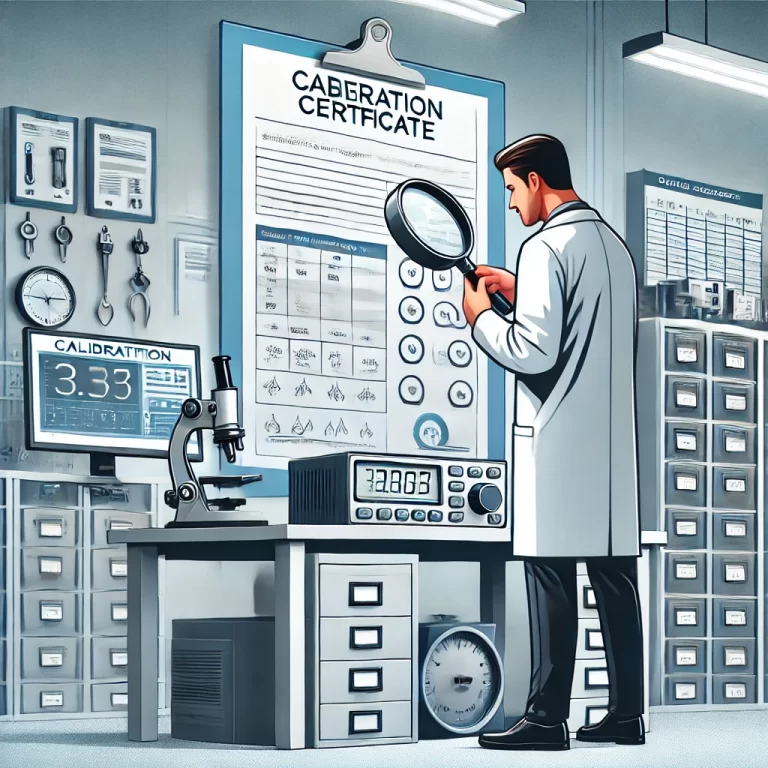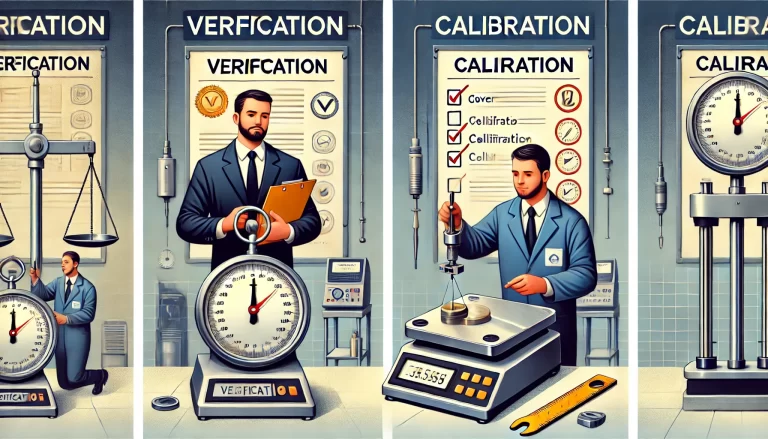The classification of metrology institutions refers to the hierarchical management of organizations engaged in measurement and calibration services. This system is designed to facilitate effective regulation, guidance, and assessment of these institutions. The classification standards involve a range of factors, including industry regulations, legal frameworks, administrative practices, and technical competency.

Key Evaluation Factors for Classification
Organizational Scale
The size of the metrology institution is a key indicator of its capacity and influence. Classification is often based on factors such as staff numbers, capital assets, and service coverage.Qualification Certificates
Certifications serve as a formal recognition of an institution’s capabilities and credibility. Evaluation includes certificate type, grade, issuing authority, and legal authorization scope.Technical Competence
This is the core of any metrology institution. It includes the accuracy of instruments, qualifications of technical personnel (e.g., licensed metrologists), and the institution’s capability to manage measurement uncertainty.Service Quality
Service quality is assessed based on customer feedback, service processes, turnaround time, and complaint resolution mechanisms.

Classification Levels
Metrology institutions are generally classified into the following levels, each with different requirements in terms of certification, personnel, technical infrastructure, and management systems:
National-Level Institutions
Typically equipped with national measurement standards, large-scale personnel, and full legal authorization to perform mandatory verifications.Provincial-Level Institutions
Possess strong technical capabilities and regional standard devices. Usually authorized for legal metrology within the province.Municipal-Level Institutions
Provide common calibration services and some regulated measurements, usually with partial certification and moderate staffing.District/County-Level Institutions
Smaller in scale, focusing on local service needs with limited authorized scope.
Core Classification Criteria Summary
| Criteria | Description |
|---|---|
| Technical Capability | Equipment accuracy, staff qualifications (e.g., licensed metrologists), and uncertainty management level. |
| Traceability Hierarchy | Whether the institution holds national standards or can trace its results to higher-tier bodies. |
| Authorization Scope | Legal metrology institutions are authorized to perform mandatory verifications; CNAS labs work within accreditation limits. |
| Quality Management System | Compliance with standards such as ISO/IEC 17025 and JJF 1069. |
Application Scenarios
Mandatory Verification
Performed only by legally designated metrology institutions. Typical in trade settlement, safety equipment, environmental monitoring, etc.Calibration Services
Offered by CNAS-accredited laboratories or institutions with recognized capabilities. Applies to instruments used for internal quality control, R&D, or non-regulated environments.

Conclusion
The classification of metrology institutions plays a critical role in ensuring measurement accuracy, maintaining traceability, and supporting industrial development. By continuously enhancing their technical strength, management systems, and service standards, metrology organizations contribute significantly to national measurement capability and quality infrastructure.
